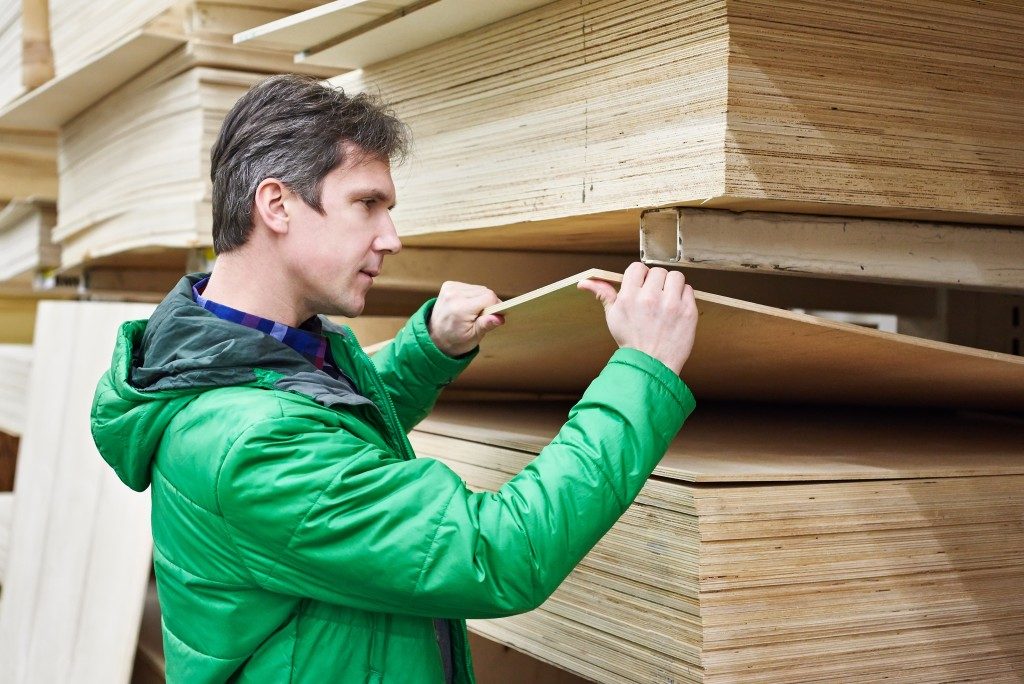
Wood is the standard material for construction and furniture nowadays. Even buildings made from other materials feature wood in their siding, windows, doors, and other exterior elements. The primary element property owners will consider when picking wood for exterior use is its durability and ability to hold up to harsh outdoor elements. In the past, this was a feat only achieved by hardwood which was quite expensive. Thankfully, you now have a durable and inexpensive choice for your outdoor furniture and construction in plywood.
The material you get from plywood dealers comprises thin resin-coated veneer panels which are pressed together under heat to form one piece. There is a range of plywood grades and types designed for various uses. The look of interior plywood, for instance, is of higher value than its moisture and rot resistance since it is generally used for decorative finishes. Exterior plywood, on the other hand, might have visible blemishes and knots but is extremely durable and resistant to various weather elements. Its panels are also glued using waterproof adhesives to prevent their delamination in wet conditions. Here are the exterior plywood options for your application.
CDX
Exterior plywood is marked with an ‘X’ to denote its suitability for outdoor use. CDX is the most common exterior plywood grade. It is made of the lowest plywood grades which are C and D. CDX comes in ½, ¾ or 5/8-inch thicknesses with grades ranging from A for making outdoor furniture to C and D for structures. It is inexpensive and generally used in covered places like garages, storage bins, and roofing shingles. CDX might not suffice for those looking for a high aesthetic impact. For these people, alternatives like ACX, ABX and BCX might make a better choice.
Pressure-Treated Plywood
This has a somewhat oily surface and a greenish hue. Pressure-treated plywood is produced through the infusion of ordinary plywood with chemicals. The product is then treated under pressure to enhance its mildew and mould resistance. Some of the chemicals used include copper azole, ammoniacal copper quat, chromate copper arsenate, and borate. Some of the chemicals like borate also enhance the pest resistance of your exterior plywood.
Oriented Strand Board

This is a form of engineered plywood commonly used for roof decking and sheathing. It is cheaper compared to exterior plywood made of hard and softwoods. The panels in oriented strand boards are stuck with waterproof glue. This type of plywood will hence still hold up well when used in roofing, siding and uncovered outdoor furniture.
T-11
This is an exterior plywood grade which is mostly used in the construction of siding. It can, however, be used for virtually all types of exterior structures. T-11 has a rough-sawn look which can be ridged to simulate a vertical slats appearance.
The above types of exterior plywood can be stained or painted so that they match your property’s landscape or get the desired look. Luckily, they absorb paints and stains readily and hence you will not waste a lot of materials like when using other types of wood. Source your plywood from a trustworthy dealer to guarantee you get the best one for your construction.

